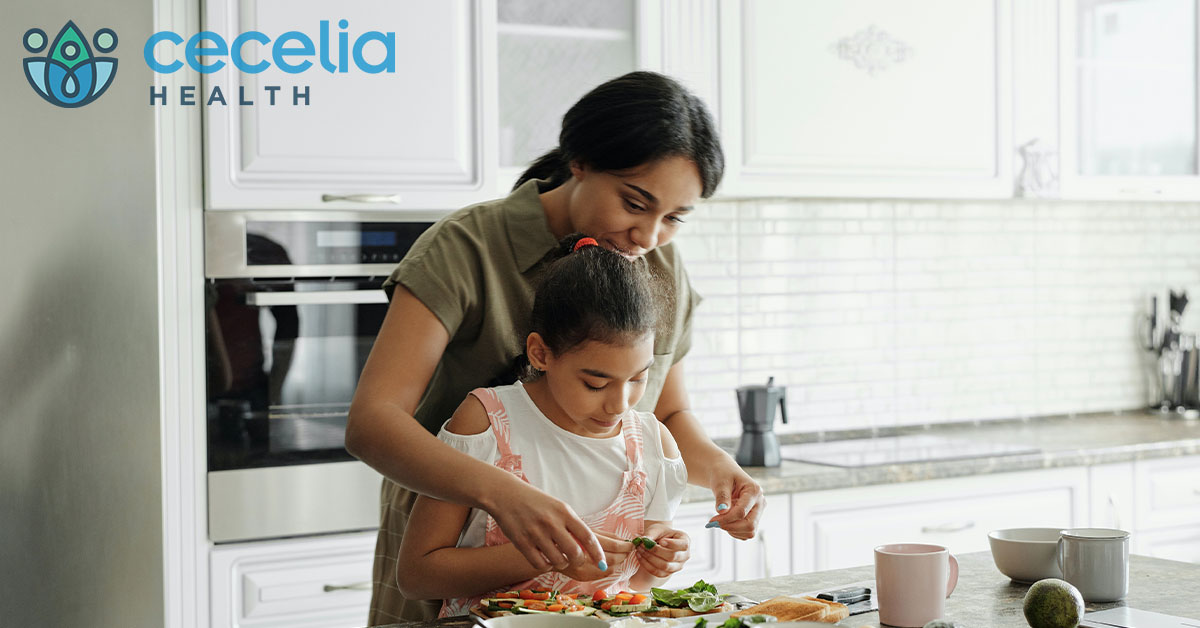It’s no secret that healthy eating is one of the key components of managing diabetes- in fact it is one of the ADCES7 Self Care Behaviors developed by diabetes care and education specialists to help people with diabetes undertake a well-balanced treatment approach for long term self-management. Cooking meals at home gives you control of ingredients, preparation methods, and portions, which is a major plus, but it can be hard to know where to start. Below is a discussion of various ways to cook foods that preserve nutrients and good taste, minimize the use of sugar, salt and fat, and are also time-saving techniques for healthy meals.
- Stir-frying- this method uses a very small amount of oil and cooks foods quickly at a high heat, allowing you to combine several foods together, such as chicken and vegetables, for a quick and healthy meal. Woks or big cast iron pans are ideal to use for stir-frying since they have large surface areas and retain heat very well. Foods that work well using the stir-fry method include vegetables, poultry, meats, fish, and cooked grains.
Tip: use a small amount of sesame oil to coat the pan for your stir-fry, a small amount goes a long way because it is very flavorful.
- Broiling or grilling- these cooking techniques involve heating foods on a rack to allow fats to drip to a pan or flame below. Meats, poultry, fish, and even vegetables, like peppers and eggplant, can be grilled or broiled. These cooking methods do not require oil which helps reduce fat and calories.
Tip: Marinate your meats and veggies, using your favorite low-calorie dressings/sauces or add a spice rub to increase the flavor without a lot of fat, calories or carbs.
- Slow cookers- which have been around for decades, are now very popular again because of their ease of use, time saving properties and because they are ideal for healthy cooking. These “set it and forget it” devices allow you to put ingredients in the slow cooker early in the day and allow them to cook at a low temperature for several hours or more. Meals made in a slow cooker do not require the addition of fats, and the slow cooking helps tenderize tougher cuts of meat. Soups, sauces, and stews are just a few examples of the items you can cook in a slow cooker.
Tip: Pre-prep, cut/ chop your veggies and meats the night before and store in the fridge so all you have to do is assemble them in the slow cooker and with any additional recipe ingredients, for a quick start the next day.
- Instant pots- are also gaining a following for those cooking healthy. They have many functions but act mainly as a pressure cooker. Pressure cookers drastically reduce the cooking time of foods, allowing you to come home and cook beans, meat or soup in less than 30 minutes.
Tip: the best order of ingredients to add to your instant pot for optimal cooking is:
- Liquids -> 2.Veggies -> 3. Grains -> 4. Meats -> 5. Canned tomato products
- Air fryers- are one of the latest healthy cooking appliances that have been developed. They are essentially a mini-convection oven, which circulates air to create a fried effect to food using hot air instead of any oil. This can helpful for those that don’t love traditional soft steamed or roasted vegetables, since you can get a more crispy texture with air fryers. Air fryers are also small, and like instapots and slow cookers, minimal to no fat is needed in the cooking.
Tip: use fresh meats and veggies in the air fryer instead of pre-cooked frozen foods like wings, fish sticks etc because many of this are already deep fried and then frozen which defeats the purpose of healthy air frying.
Trying some of these cooking methods allows you to prepare your food in healthy ways but at the same time ensure that your home-cooked meals are in accordance with your meal plan.
